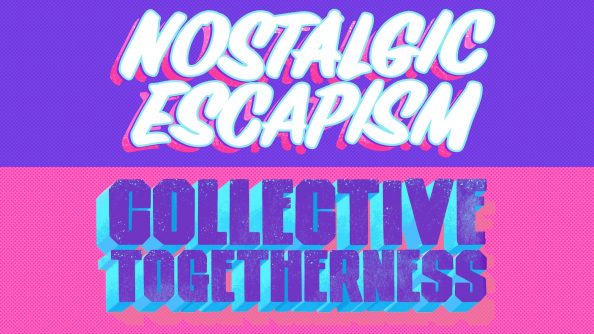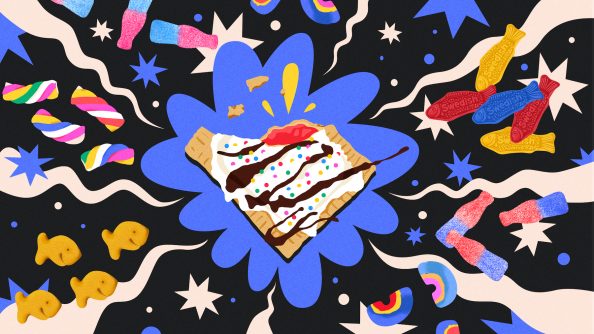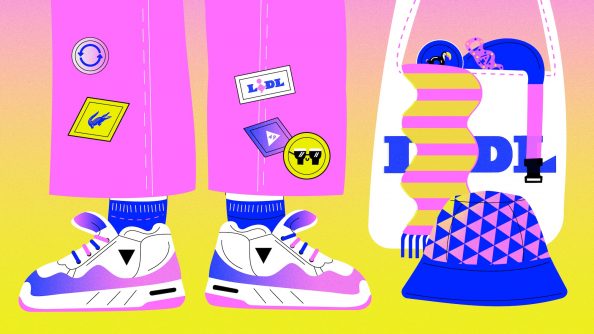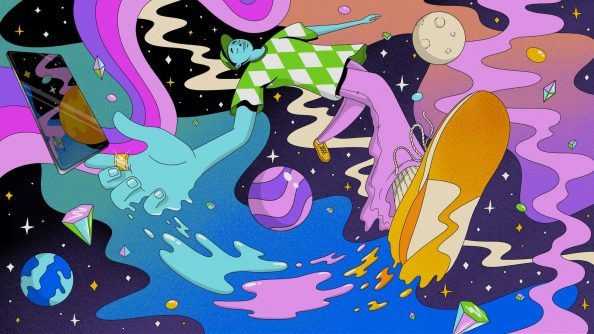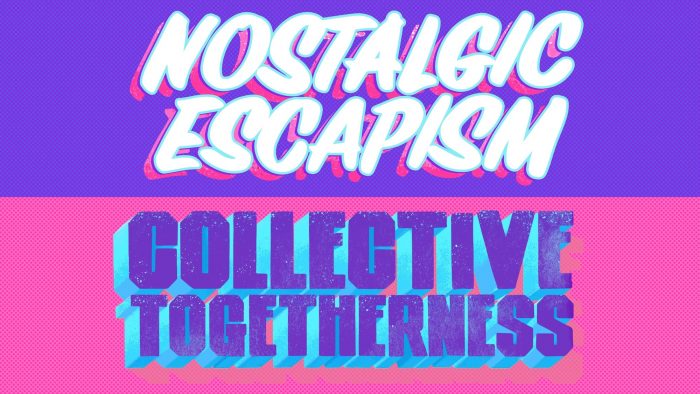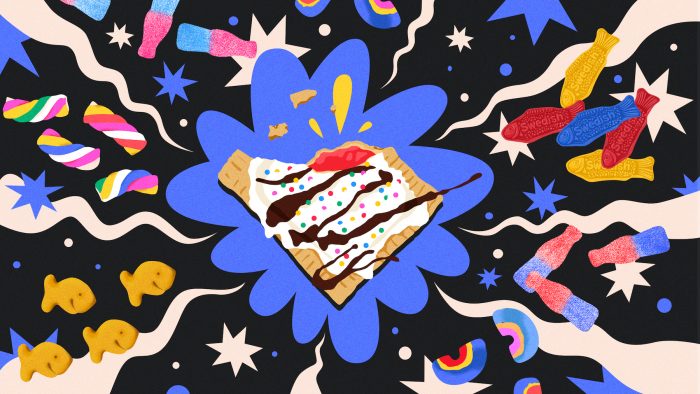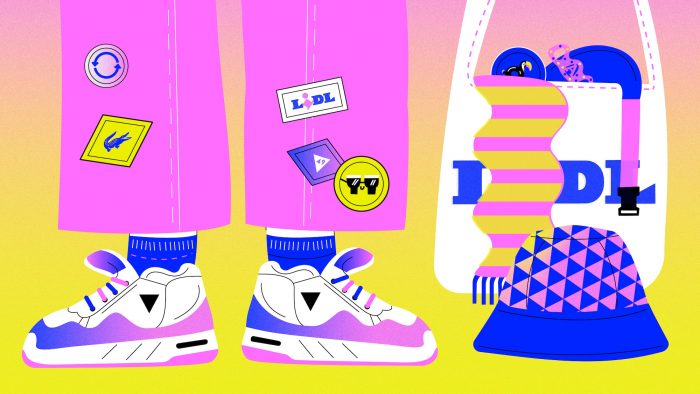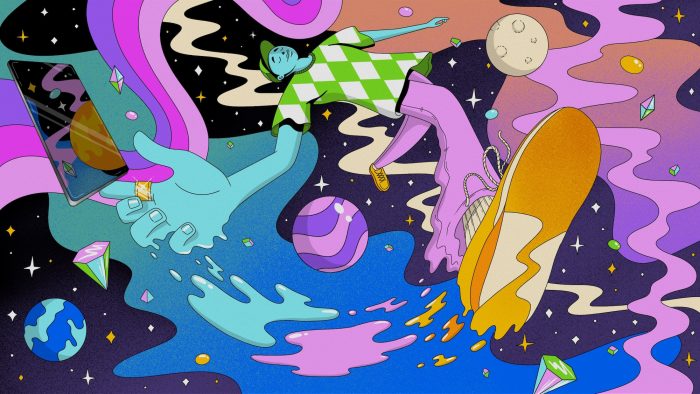If 2020 was to be named, it would be called ‘the year of the bunker.’ Many of us spent the year tucked away, staying safe at home. Our once vibrant lives became a treadmill of Zoom calls, Netflix binges, and Amazon deliveries as we all adopted a digital-first existence.
But we are tactile beings. We like to hold things, to feel things and to experience things. So we did what we always do when we need cheering up: we went shopping. Not just for groceries and essentials – we also called in little airdrops of happiness and indulgent self-treats. We dotted little Christmas mornings all throughout the year to stop us from turning into Grinches.
For many brands, this created an unprecedented opportunity to take the ‘front door moment’ a little further and walk straight on into our homes. It’s no longer just about what we buy and where we buy it, it’s about how we feel the moment we meet a brand. And you only get one chance to make a first impression. So, how can brands dress for the job they want, and avoid looking like they’re wearing sweatpants under the desk?
‘Unboxing’ is not a new phenomenon. Since the birth of eCommerce in 1991, packaging has slowly evolved and adapted to changes in the ways people shop. Packaging itself has always been in the hands of designers and three-dimensional storytellers who understand the power of the unboxing experience as a key moment for brands to express themselves. Leica Cameras, for example, made packaging that felt as engineered and exceptional as their cameras.
But it’s the ‘direct to consumer’ (DTC) brands that have set the new standards by necessity. They can’t take advantage of the retail experience to romance their consumers, so the packaging is the brand experience.
Brands such as Glossier encased their products in pink bubble wrap pouches, which not only look awesome but can also be saved and reused later. Billies, Dollar Shave Club, and Warby Parker have all been making the most of verbal as well as visual storytelling opportunities, using tone of voice to make a more sincere human connection.
And it’s not just brand equity they are building – there are real numbers to back it up:
- 55% of online shoppers will go back to a website if their purchase comes in customized packaging
- 70% of consumers base their impression of a brand solely on the packaging
- 30% of businesses reported an increase in revenue when they improved their packaging
Source
Where are the big brands in all of this? And what can the large ‘brick and mortar’ retailers learn from their DTC peers when it comes to creating moments of unpacking magic? We have a few suggestions for how to succeed…
Share, share, share
It sounds redundant in 2020, but there is no better way to get your brand experience out there than by making it unique and shareable. Channel the sheer pizazz of Reebok’s PR delivery drop to Cardi B. A B-shaped box made of red crocodile skin arrived on her doorstep. When opened, it revealed sneakers sitting proudly centre stage on a pillow shaped like her tongue. Cardi B shared the experience with all of her followers organically announcing the artist and brand’s collaboration. Another sharable unboxing came from the cat food brand Cat Person. Their outer packaging becomes a cat house for the customer’s beloved feline, which plays on cats’ love of boxes above all. The packaging genius resulted in an endless stream of free content for the brand as the internet never bores of cute cat videos.
Create a powerful Tone of Voice
Tone of voice and storytelling are powerful tools for expressing brand personality and creating a lasting emotional connection. Whether it’s super warm and fuzzy like Warby Parker “get excited” or said with a bit more attitude like Vowed bridal gift box “oh sh*t you’re getting married!” It’s not just what you say but how you say it that leaves the lasting impression.
Break conventions
Be innovative with your offering and challenge assumptions about what’s possible. For example, Bloom & Wild was born of founder Aron Gelbard’s vision to deliver flowers to customers even when they aren’t home. Today their bouquets arrive in boxes that fit through a mail slot. And Garçon wines took on the sustainability challenge by developing “flat” wine bottles made of recycled plastic, instead of using traditional round, glass wine bottles — saving both weight and energy. Both took the barrier of the letterbox and turned it into an opportunity to innovate.
Include unexpected details
From materials and fastenings to satisfying reveals and openings, every moment of the experience is up for grabs. For example, when I ordered a pair of Nike ID trainers, they arrived with a printed label that said ‘Made by Sam’. My name as the creator was enough of a reason for me to keep the box. Think about adding something extra or unexpected – it could be as simple as stickers or as unique as a signature product. Everyone loves a surprise, so think inside the box.
Find inclusive ways to evoke exclusivity
Make your joyful designs accessible, by considering the physical experience for all consumers. Empathy means designing for everyone, people of all ages and abilities. In a world that feels grey and impersonal at times (plus overwhelmed by the ubiquitous Amazon smile) this is the moment to shine.
Balance high impact with low impact
Consumers don’t want a wasteful experience, no matter how pretty or clever the design is. Sustainability is crucial to delivering a meaningful brand experience, and no one wants to see huge boxes for tiny products, endless air pillows, or (heaven forbid!) a return to the bad old days of polystyrene pellets.
French writer and poet Antoine de Saint Exupery famously said, “It seems that perfection is attained not when there is nothing more to add, but when there is nothing more to remove.” Seed, a direct-to-consumer probiotic supplements brand, uses simple yet delightful packaging made from mushrooms, which dissolves underwater – an excellent touch for its target audience of eco-conscious buyers.
Ask yourself – would I love to receive this? Would this, as Marie Kondo would say, “spark joy”? If you feel good about it, chances are your consumer will, too. As we wait to see what 2021 has in store, consider how your brand can deliver little Christmases to its customers, one delivery at a time.
anna
Sam Wilkes, Creative Director
LINKED IN